Reflection on my learning Journey
Stage 1 Problem Identification
I use to be a laggard in terms of adopting and using technology as a tool for enhancing teaching and learning until my previous school implemented BYOD and later put restrictions on printing workbooks. Suddenly I found myself limited and became aware that I need to push myself as a user of technology in order to continue to be a leader for my students. Google Classroom and google docs were my first technological adoption. As I increasingly became very comfortable in using these tools, I developed digital workbooks and at some point I felt all was going well and later on I became curious that students were not taking responsibility for their learning and that made suspicious of a problem this kept me searching and motivated me as a learner to absorb new information in a quest to actively search for better answers (Osterman, 2015).
Stage 2 Observation and Analysis
It was not until I enrolled in the MindLab DCL program that I realised that my technological adoption was just a substitution per the SAMR Model (SAMR model - enabling eLearning, 2019). And at this level of technological adoption not much is done as there is no functional change and this characterises a teacher led Instructional teaching style. I also learnt that I had to take other steps in addition to moving up the adoption scale involving the development of Self-Management as stated in Key Competences (MOE, 2017) of New Zealand Curriculum document. In the middle of my Inquiry I had to change schools and the needs of my students had changed to active participation in class.
Stage 3 Abstract Conceptualization
A number of key theories and frameworks have influenced my practice whilst taking this DCL learning journey. It is this period that I got the whole picture of the missing bits of the puzzle. Based of refined research, I have realised that enhancing motivation in the classroom is multifaceted and that agentic teachers need to take different actions to enhance motivation and these are:
- Setting an environment that encourages active participation
- Leadership actions that encourage active participation
- Teaching styles and attitudes that encourage active participation
- Digital and Collaborative tools that encourage active participation
Stage 4 Experimentation
I find myself now more open-minded and emboldened following through this DCL learning journey. I have the desire to explore further ways and avenues to develop my abilities, competency and also add value to the students I teach.
My new school has in place Professional Leaning Groups where teachers work as a team to plan and support one another in their Inquiries based on a school wide focus. I now find myself more confident, ready to take risks and a determined team player in my group as an innovator in the innovation adoption lifecycle (Diffusion of Innovation Theory, 2019).
Reference
Diffusion of Innovation Theory. (2019). Sphweb.bumc.bu.edu. Retrieved 1 April 2019, from http://sphweb.bumc.bu.edu/otlt/MPH-Modules/SB/BehavioralChangeTheories/ SAMR model - enabling eLearning. (2019). Elearning.tki.org.nz. Retrieved 2 April 2019, from http://elearning.tki.org.nz/Professional-learning/Teacher-inquiry/SAMR-model Osterman, K. & Kottkamp, R.(1993). Reflective practice for educators.California:Corwin Press, Inc. Retrieved from http://www.itslifejimbutnotasweknowit.org.uk/files/RefPract/Osterman_Kottkamp_extract.pdf

 Teachers ViewPoint
Teachers ViewPoint
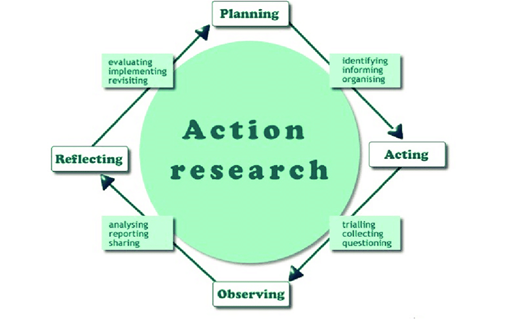
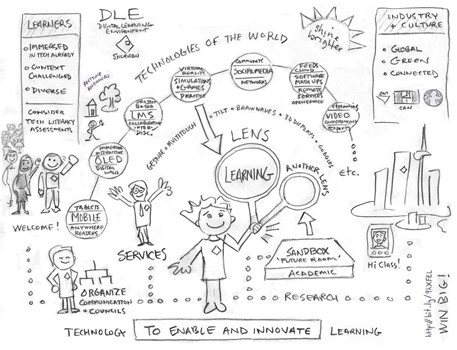

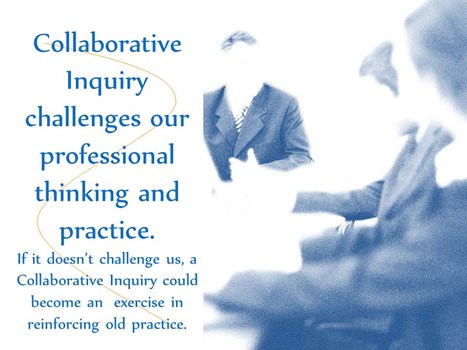
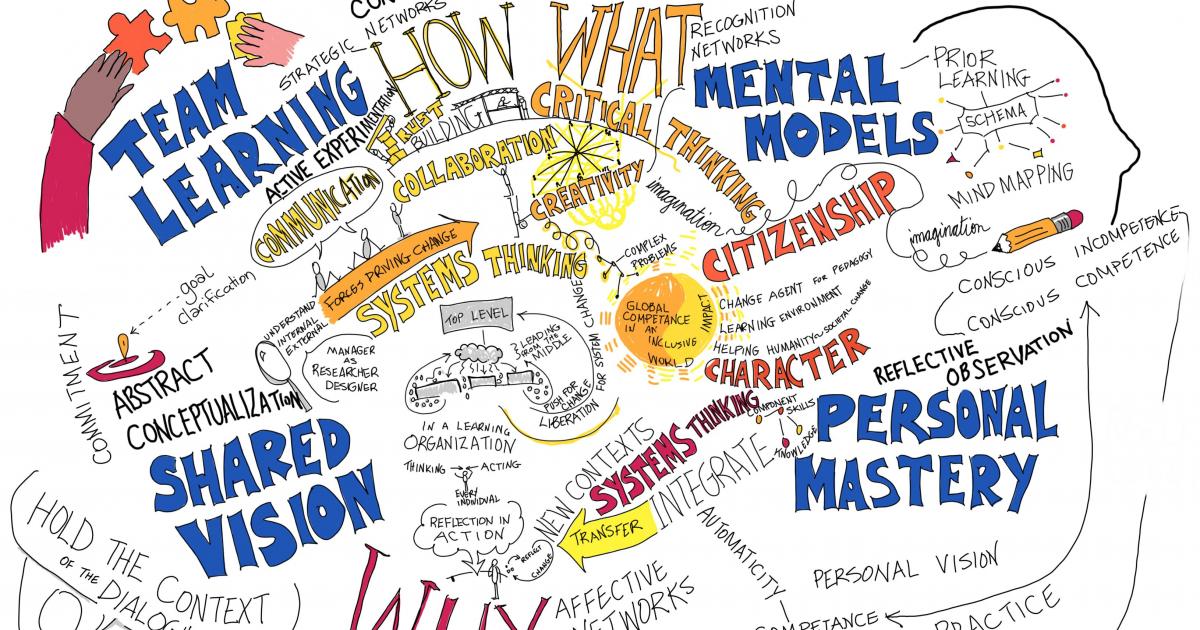
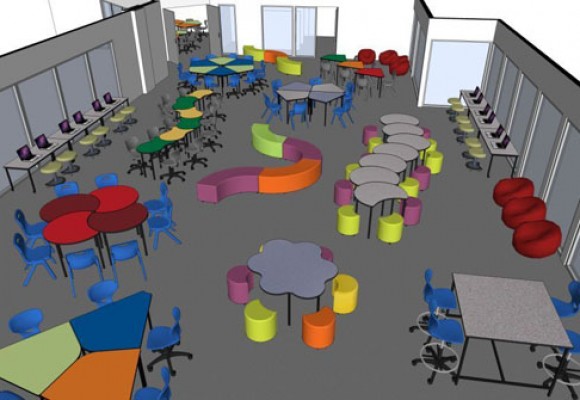
Please log in to post a comment.
0 Comments